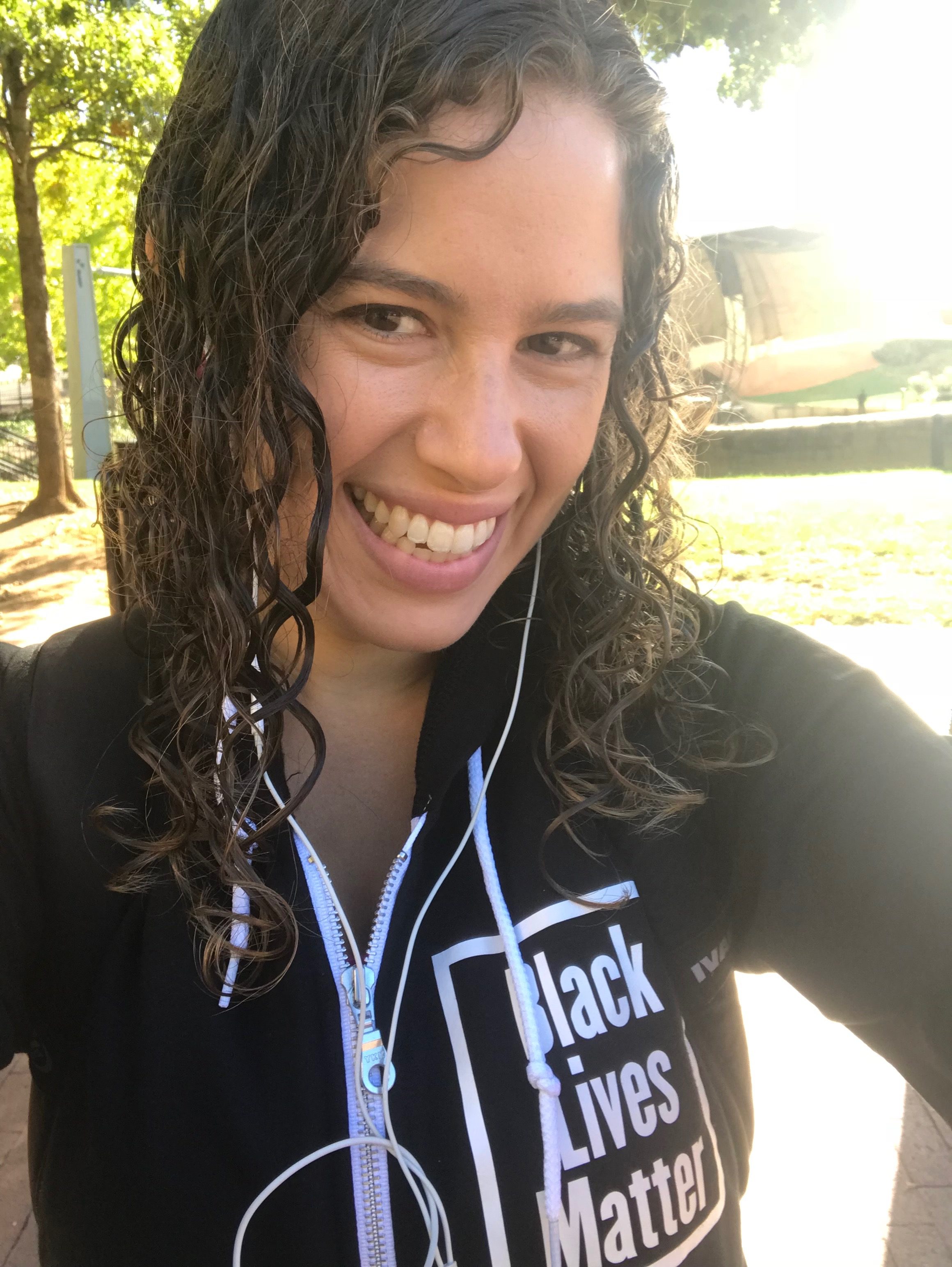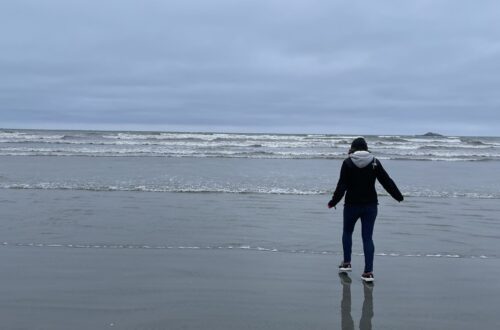I published a theory paper in the journal Human Development. In the paper, I present a model for thinking about adolescent sexuality in terms of skills – what young people know how to do and how young people act, in and through sexuality. The model explains the following skills…
- Sexual Selfhood: Desire, Ethics, and Identity
- Sexual Agency
- Sexual Negotiation: Consent, Protection, Pleasure
- Sexual Intimacy
- Sexual Empowerment: Boundaries, Coping, Analysis
- Sexual Advocacy
Emphasizing sexuality skills over specific sexual behaviors allows us to remove “intercourse” from the center of a research agenda on adolescent sexuality development. In this way, I decenter concepts such as virginity, marriage, and heterosexuality from how we think and talk about young people and about sex overall. Focusing on skills raises questions about how to facilitate skill development for all young people, whether they are sexually active in particular ways or not.
I am honored to have this article published in Human Development. I am also honored that the journal elicited commentary from two renowned scholars in the field, both of whom expressed support for the model and provided me with inspiring feedback.
- The need for a cumulative life span approach
- Expanding the focus on biological processes
- Grappling with gender variation
- Gender as a product of sexuality
- Greater attention to sexual-minority development
- The meaning of meaning-making
I am particularly moved by Diamond’ssuggestions for how to use this model push the interrogation of gender, sexism, and sexual orientation in the study of adolescent sexuality. She writes about the need to research the “interplay between gender and sexual questioning,” particularly for transgender and gender non-conforming youth, saying that the model “provides a framework for reconceptualizing gender questioning as adaptive and even normative” (p. 298). In addition, she suggests attending to the role of binary gender socialization (differential systems of expectations and rewards for men and women) in shaping young people’s skills for sexual negotiation and, in turn, how their experiences of sexual negotiation may shape their sense of their own gender. Furthermore, she provides several examples of how the model can be applied to supporting sexual minority youth not only in their sexual identity but also in being sexual and acting upon their sexual feelings.
- Developmental change
- Relational developmental systems
- Promoting adolescent sexuality development
- Promoting sexuality development beyond adolescence
Specifically, Moshmandiscussed the value of the model for expanding the notion of sexuality education, given that “secondary schools can and should contribute to sexuality development” (p. 290). Moshman also asserts that the model can be applied to colleges and universities addressing sexual assault, in order to not only respond to sexual assaults as they occur, but also “to reconcile such responsibilities with the responsibility to educate and promote development” (p. 291). Sex ed in schools and campus sexual violence prevention have long been personal and professional interests of mine, and I am excited to apply the skills-based model to these pursuits.
Here is the Table of Contentsfor this issue, which contains my article as well the two commentaries. Please contact me if you have any questions, or if you have trouble finding the full text article.
I look forward to drawing upon this article in my future research and applied work, as I enthusiastically explore the implications of this work for understanding and addressing sexism; for supporting both gender and sexual exploration for queer, trans, and questioning youth; and for transforming the ways in which educational institutions constrain and facilitate the sexuality development of the young people in their care.
References
Arbeit, M. R. (2014). What does healthy sex look like among youth? Towards a skills-based model for promoting adolescent sexuality development. Human Development, 57(5), 259-286.
Diamond, L. M. (2014). Expanding the scope of a dynamic perspective on positive adolescent sexual development. Human Development, 57(5), 292-304.
Moshman, D. (2014). Sexuality development in adolescence and beyond. Human Development, 57(5), 287-291.


One thought on “Publication Alert: A Skills-Based Model for Promoting Adolescent Sexuality Development”
Comments are closed.